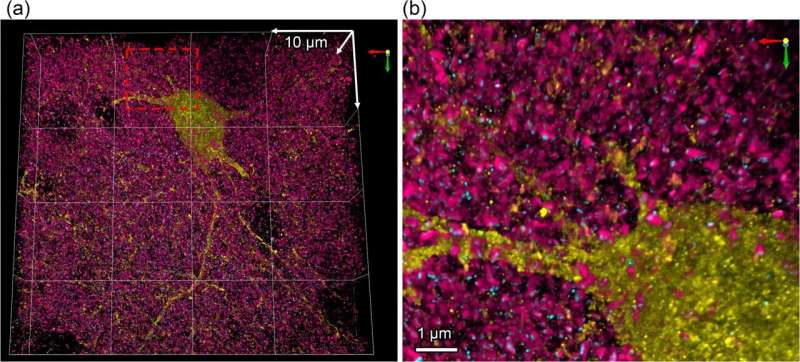A comprehensive status report on optical imaging methods for brain science

Neurophotonics has published the second part of a comprehensive two-part series that provides an extensive toolkit of optics and photonics technologies for exploring brain health and function.
The newly published report, "Optical imaging and spectroscopy for the study of the human brain" focuses on diffuse optical imaging methods applicable to noninvasive human studies, primarily on two main diffuse optical techniques: near-infrared spectroscopy (NIRS) and diffuse correlation spectroscopy (DCS).
This report follows first part published in April, "Neurophotonic tools for microscopic measurements and manipulation." That first report showcased tools mostly applicable to animal studies, spanning the spatial scale from molecular nanoprobes to the mesoscale imaging of cortical columns and brain areas.
This latest Neurophotonics status report introduces state-of-the-art technologies and software, explores the impact of these technologies on neuroscience and clinical application, and looks ahead to the next five years of further development and innovation.
Together, the two reports comprise a cornerstone account of formidable recent achievements of the BRAIN Initiative and related large-scale neuroscience projects around the world. For experts, these publications offer a broad, inclusive overview of the diverse neurophotonic arena; for students, this invaluable and one-of-a-kind education resource may influence their careers for years to come.
"This article is a culmination of efforts from more than 50 world-renowned leaders in the diffuse optics field," noted Erin M. Buckley, assistant professor at the Wallace H. Coulter Department of Biomedical Engineering at Georgia Tech and Emory, and one of the corresponding authors.
"It emphasizes not only the latest and greatest software, hardware, and applications, but also the urgent challenges that we face to improve things like SNR, depth sensitivity, wearability, and usability. I think it will help align our community to stimulate new ideas and solutions that will accelerate progress on numerous fronts."
More information: Hasan Ayaz et al, Optical imaging and spectroscopy for the study of the human brain: status report, Neurophotonics (2022). DOI: 10.1117/1.NPh.9.S2.S24001
Ahmed Abdelfattah et al, Neurophotonic Tools for Microscopic Measurements and Manipulation: Status Report, Neurophotonics (2022). DOI: 10.1117/1.NPh.9.S1.013001


















